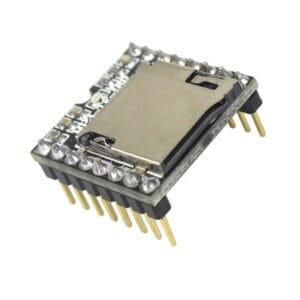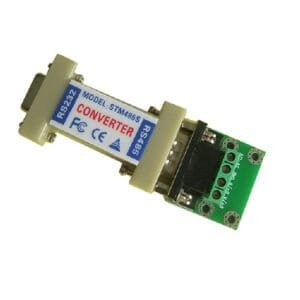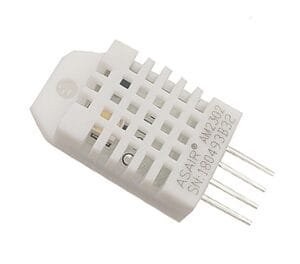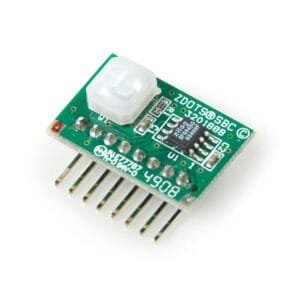Product Description:
Features:
- with signal output instructions.
- Dual signal output (analog output and TTL level output)
- The TTL output effective signal is low. (The signal light is on when the output is low and can be directly connected to the microcontroller)
- Analog output 0 ~ 5V voltage, the higher the concentration the higher the voltage.
- Good sensitivity to hydrogen sulfide, liquefied gas, natural gas, city gas, and smoke.
- with long service life and reliable stability
- fast response recovery characteristics
- Size: 32mm X22mm X27mm length X width X height
- The main chip: LM393, ZYMQ-136 gas sensors
- Working voltage: 5 VDC
Application:
Gas leak monitoring device suitable for home or factory, suitable for liquefied gas, butane, propane, methane, alcohol, hydrogen, smoke, and other monitoring devices.
Applicable occasions: MCU learning, electronic competition, product development, graduation design. . .
Explanation:
This module is an MQ-136 hydrogen sulfide sensor. Please warm up about 20S before use:
Step 1: Supply 5V DC power to the module (note that the positive and negative poles are not connected reversely, otherwise it is easy to burn the chip).
Step 2: If the DOUT, TTL high and low levels are selected, the output signal can be directly connected to the IO port of the microcontroller or an NPN transistor to drive the relay. The potentiometer RP is used to adjust the threshold of the output level jump. The schematic diagram of the diagram can be analyzed. When the sensor detects the measured gas, the voltage value at the 2 points of the comparator LM393 pin is proportional to the concentration of the gas detected by the sensor. When the concentration value exceeds the threshold set by the potentiometer RP, The point of pin 2 of the comparator is higher than the point of pin 3. At this time, the pin of comparator 1 outputs a low level, the LED is on, R3 is the current-limiting resistance of the LED lamp, and C1 is the filter capacitor. The sensor outputs a low level. Conversely, when there is no signal, the sensor outputs a high level, which is equal to the power supply voltage.
Step 3: If you select AOUT and analog output, then you don’t need to control the potentiometer. Connect the AOUT pin directly to the AD conversion input terminal or a microcontroller with AD function. According to our experience: In a normal environment, that is, an environment where there is no measured gas, set the sensor output voltage value as the reference voltage. At this time, the voltage at the AOUT terminal is about 1V. When the sensor detects the measured gas, the voltage is Increasing by 0.1V, the actual concentration of the measured gas is increased by 200ppm. The measured analog voltage value is converted into a concentration value in the single-chip microcomputer. Note: If you are using it as a precision instrument, please buy a standard calibration instrument on the market, otherwise there will be errors, because the ratio between the output concentration and the voltage relationship is not linear, but tends to be linear.
Special reminder: After the sensor is powered on, it needs to warm up for about 20S before the measured data is stable. The sensor’s heating is normal because there is a heating wire inside, it will be abnormal if it is hot.
Package: 1x MQ-136 (H2S) sensor Module





















Reviews
There are no reviews yet.